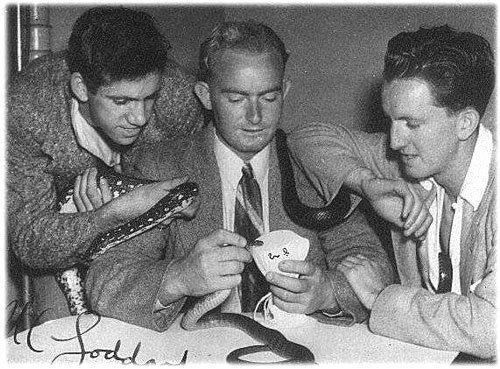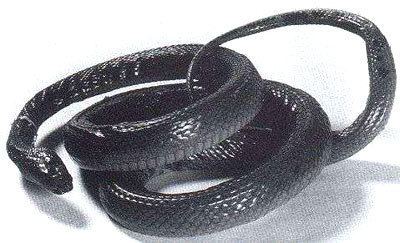Name Kevin Budden | Role Herpetologist | |
 | ||
Died July 28, 1950, Queensland, Australia | ||
Kevin Clifford Budden (1930 - July 28, 1950) was an amateur Australian herpetologist and snake hunter. Budden was one of the first people to capture a live taipan and died from a snake bite in the process of doing so. His work was instrumental in developing a taipan antivenom.
Contents

Early life

After leaving school, Budden worked as a retail assistant in Randwick, New South Wales. At this time he joined the Australian Reptile Club and began hunting snakes as a hobby. He built his own snake pit and spent weekends in the bush collecting snakes. In 1948 he caught some 59 snakes and was bitten five times.
Taipan capture and death
In March 1950, Budden traveled to Queensland with two colleagues in an attempt to find and capture a taipan for the purpose of antivenom research. The group had previously visited Cape York and the Northern Territory on a similar quest. On July 27 Budden found a six-foot taipan near Cairns. While attempting to bag the snake, he was bitten on his left thumb. Budden was able to place the captured snake in a bag, and was taken for medical treatment. Although doctors were initially hopeful he would recover, he died the following afternoon.
Legacy
At the time of Budden's death, there were various rumours about the taipan, but it was not until Budden had captured this specimen that serious consideration was given to the potency of its venom. The captured snake was sent alive to the Commonwealth Research Laboratories in Melbourne, where its venom was successfully milked by zoologist David Fleay, who was at that time the director of Healesville Sanctuary. Venom from the captured taipan was instrumental in researching and developing an antivenom, which became available in 1955.
In a 2014 article published in the Journal of Proteomics, University of Queensland venomologist Bryan Fry reported finding specimens of the venom harvested from the taipan that killed Budden. His study found that the venom had retained its toxicity after almost sixty years in dry storage.
